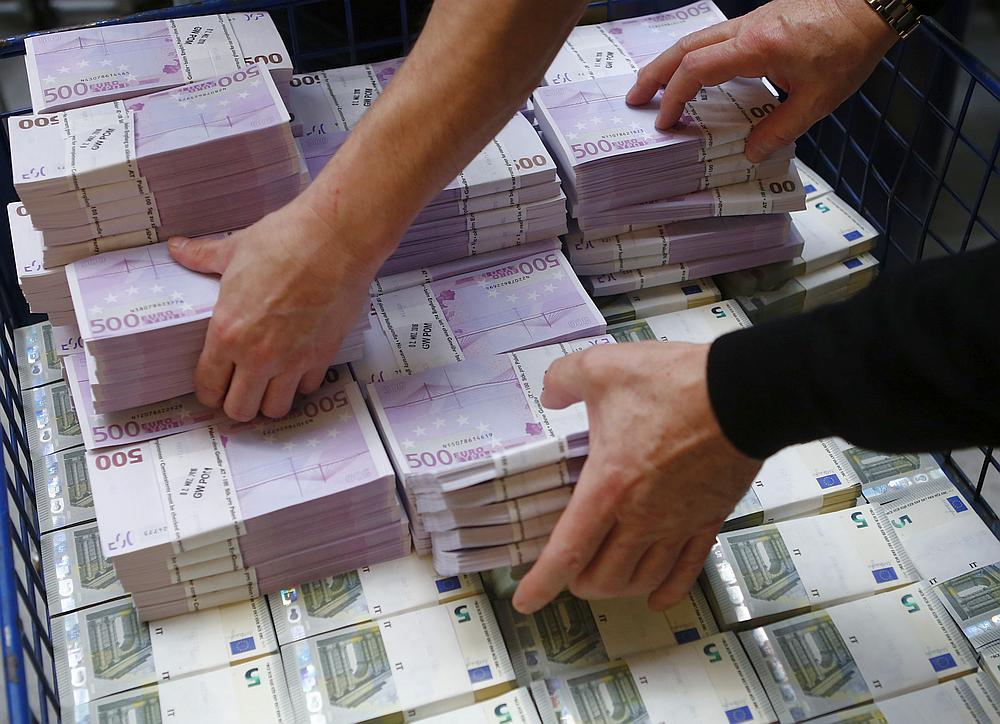The economic crisis has come to an end but the consequences remain. They are reflected in the country's large debt: out of 32 billion euros of public debt 28 billion are to be covered by the state budget. Even if Slovenia manages to keep a balanced budget, two million euros will have to be returned every year for the next ten years.
According to Blaž Hribar from the management board of the Pokojninska družba company, making use of low interest rate and postponing debt expiration date are the right choices: "So that in the long run, meaning the next ten to thirty years, Slovenia will be able to incur debt with interest rates only slightly higher than one percent."
No longer associated with PIGS
Four years ago Slovenia was only able to borrow money on the American market for a 6 percent interest rate in order to survive financially and rehabilitate banks. Now investors not longer treat us as part of the so-called Mediterranean countries know as PIIGS – Portugal, Italy, Spain and Greece, argues Primož Cencelj from the KD skladi fund. "This means we're a country that has managed to step off the Mediterranean train and is headed towards Central European countries. After all, this results in lower borrowing costs." Debt costs will be of key importance for Slovenia after the crisis, since financial obligations are high. As mentioned, they have amounted to two billion euros yearly for the next decade.
"The absolute numbers are high. But relative numbers are quite evenly distributed over the years," adds Hribar.
"The ministry of interest" among richer recipients
Through such even distribution, the country avoids the risk of having too much debt mature within the same year, especially if borrowing conditions worsen. On the other hand, if they improve the cost of interest drops. Two years ago the budget had to reserve nearly 1.2 billion euros for interest while this year the costs will be around EUR 950m.
Which is still a lot of money, since the majority of ministries are financed much less. Only three ministries out of 14 – labour, education and finance – have a bigger budget than the one needed to pay off the interest.
Zdenka Bakalar, Radio Slovenija; translated by K. Z.



































































